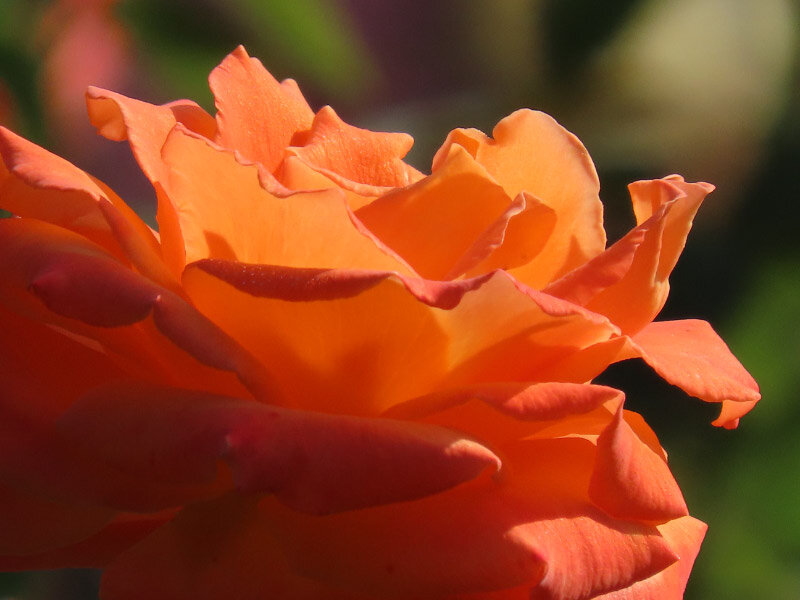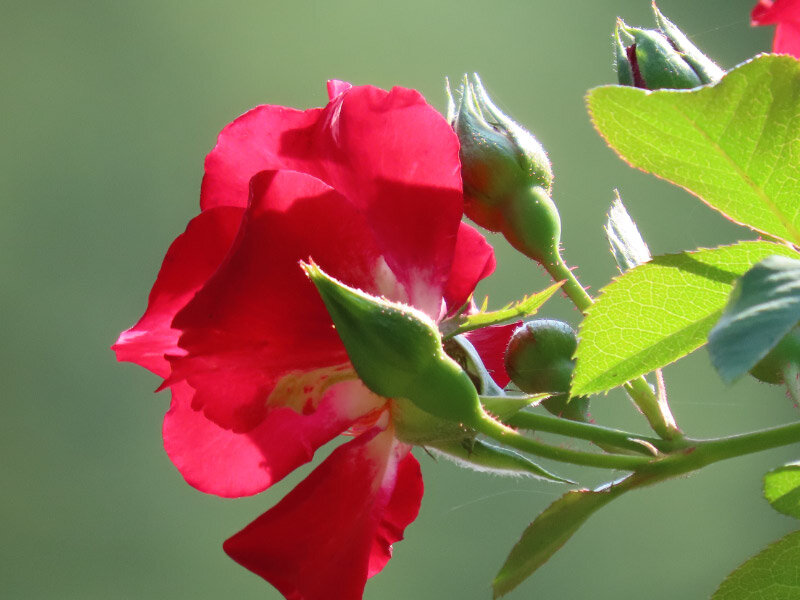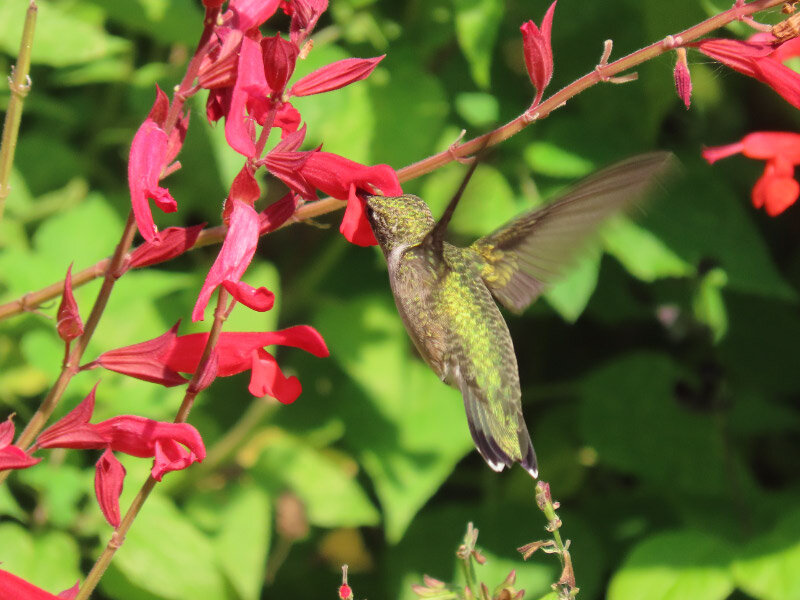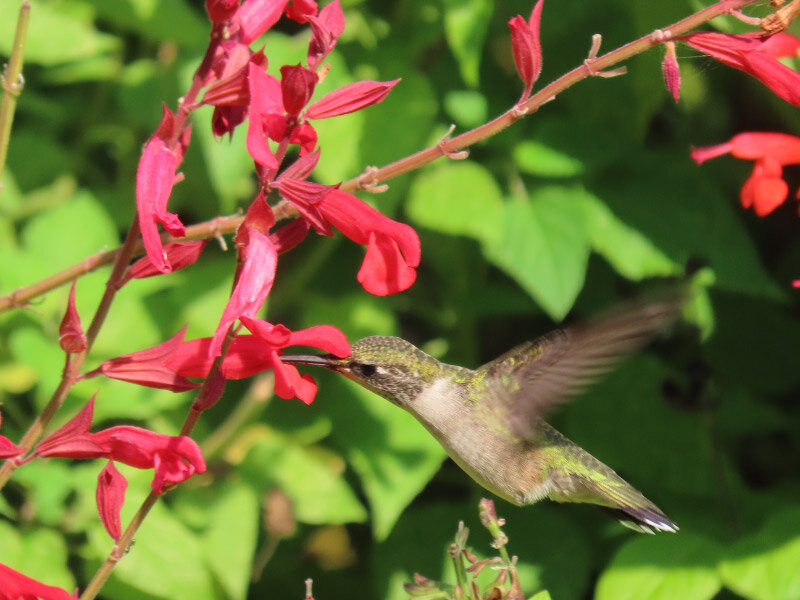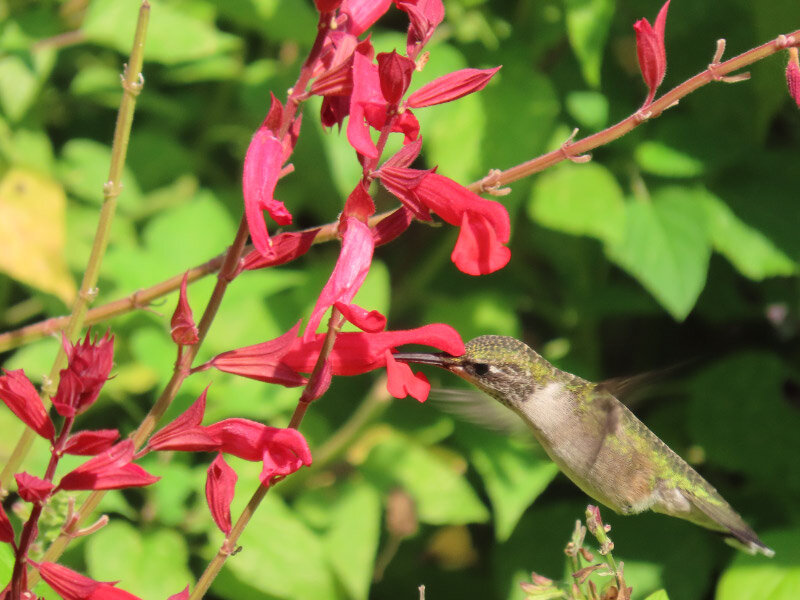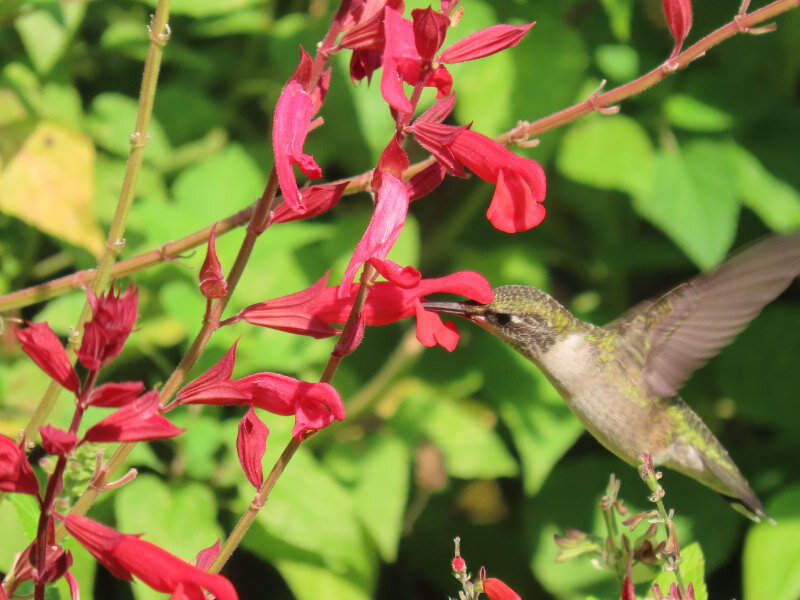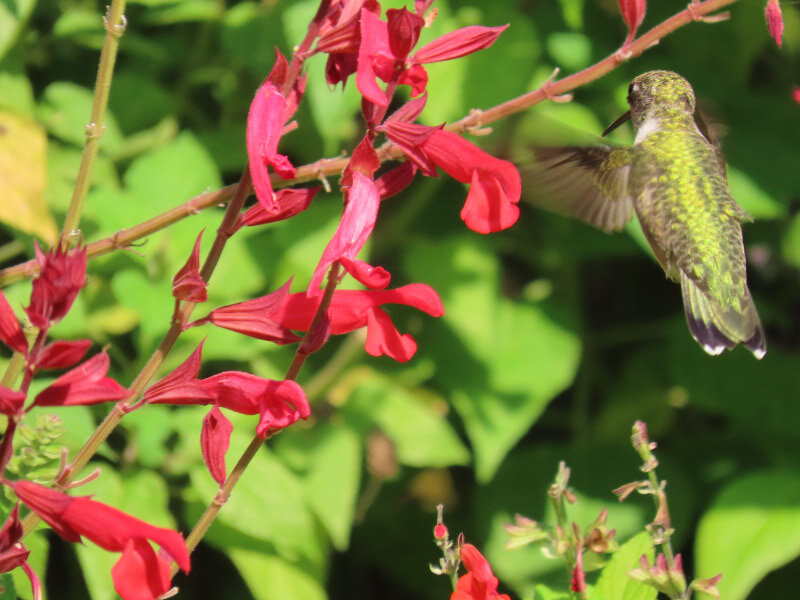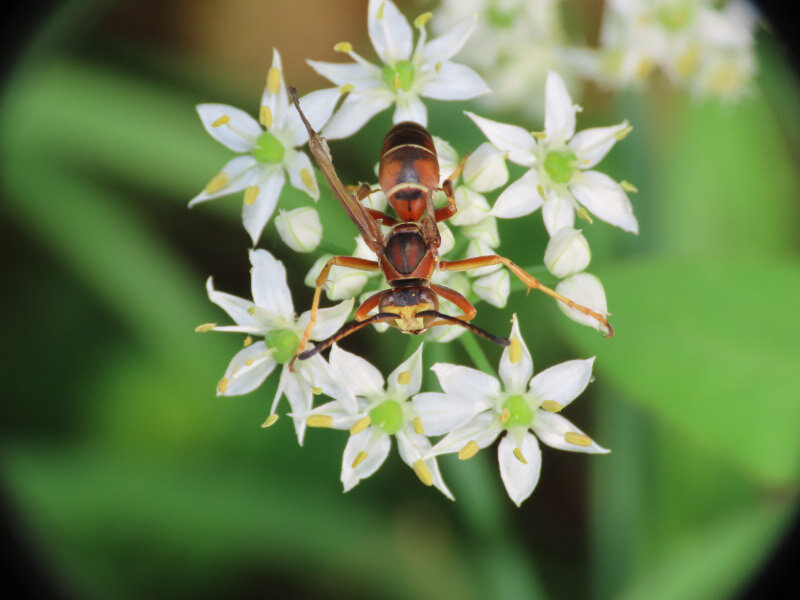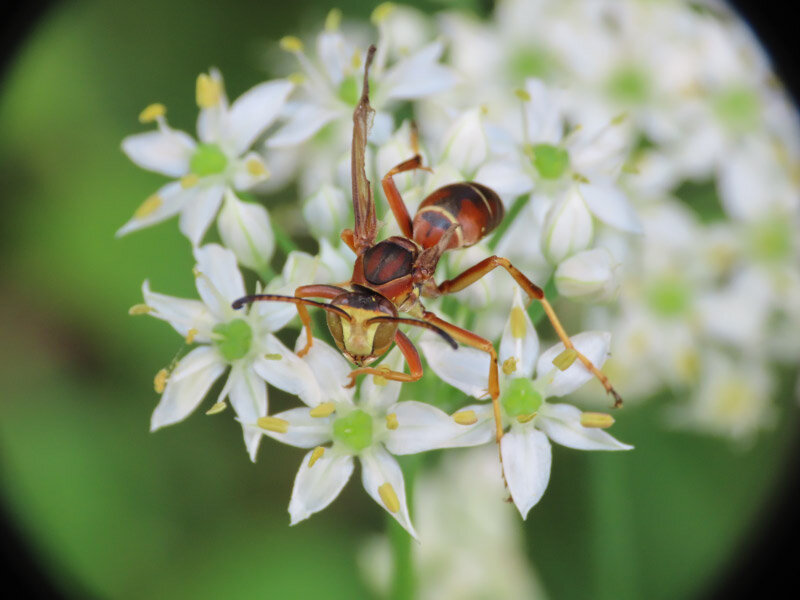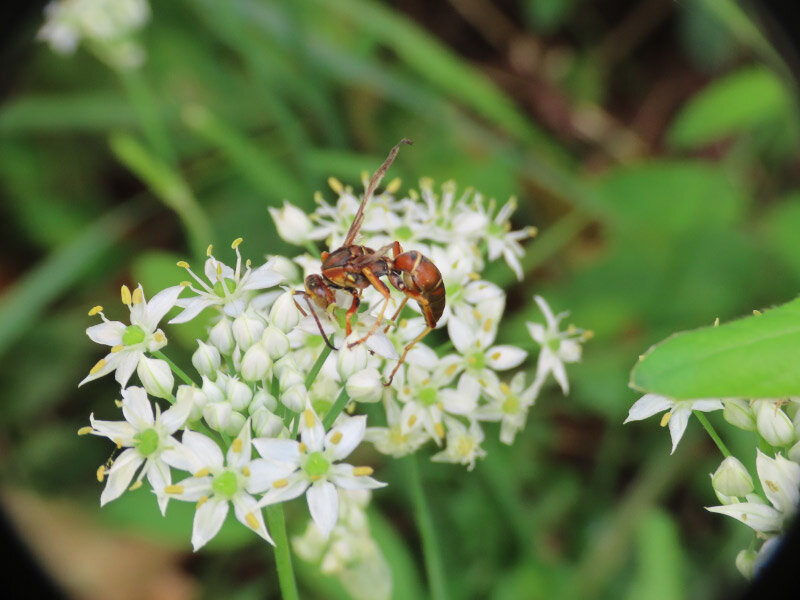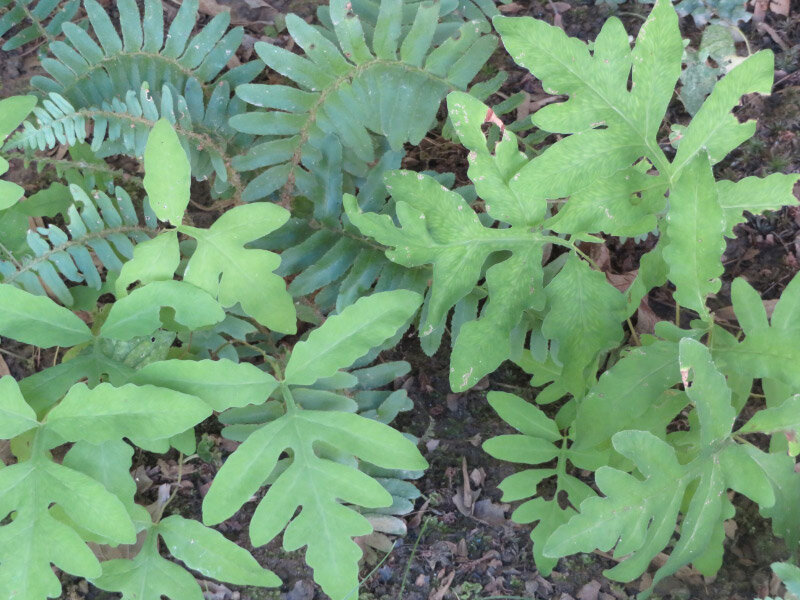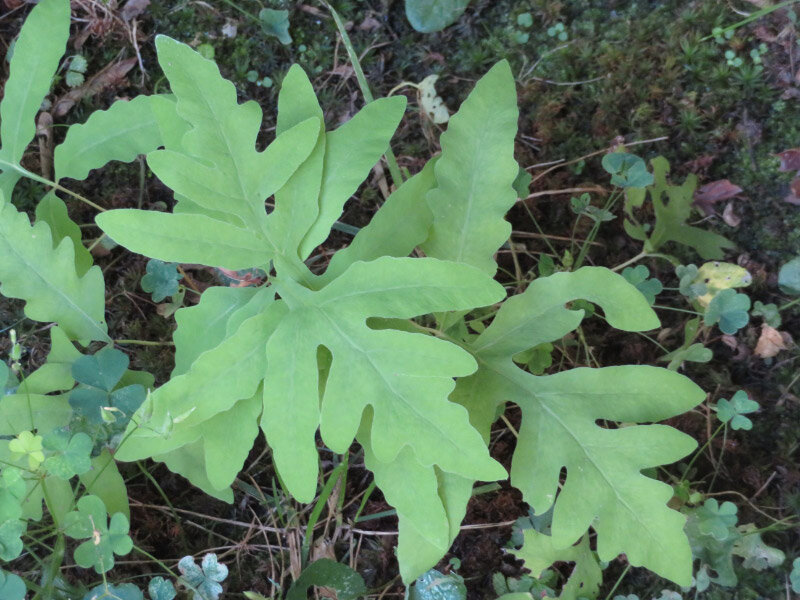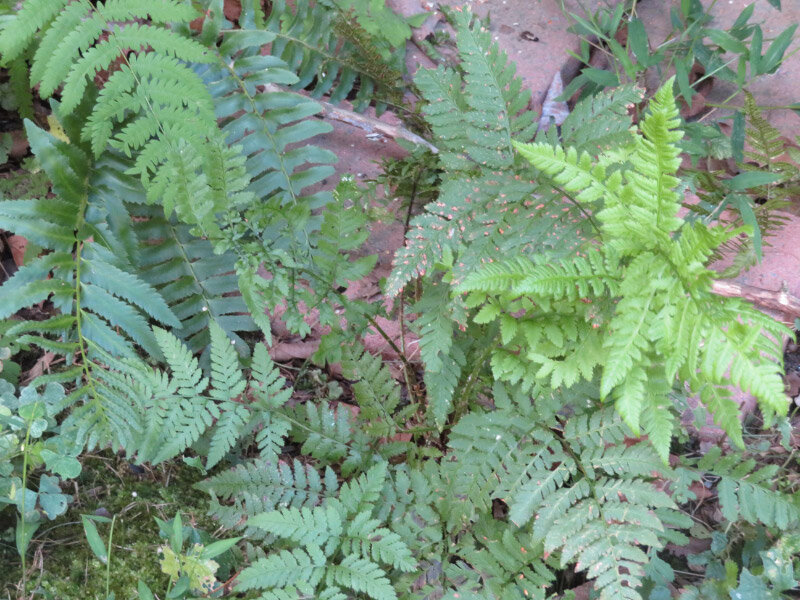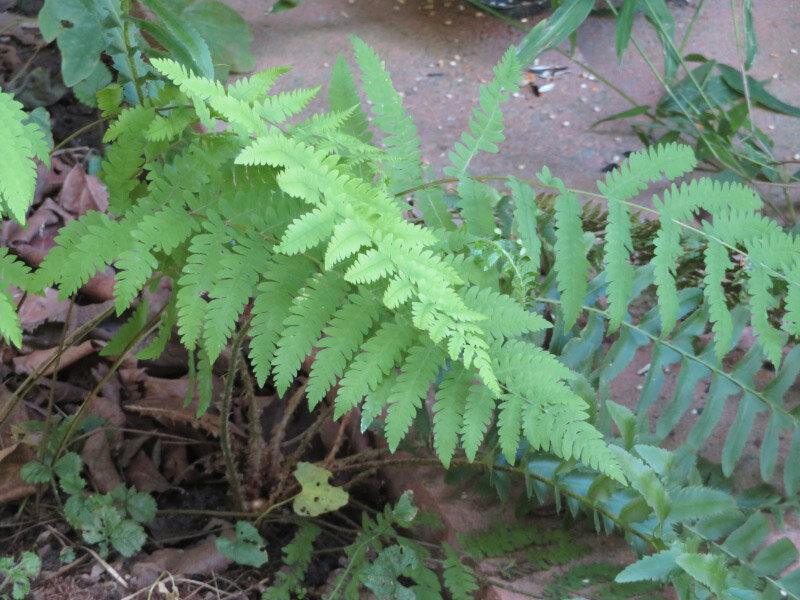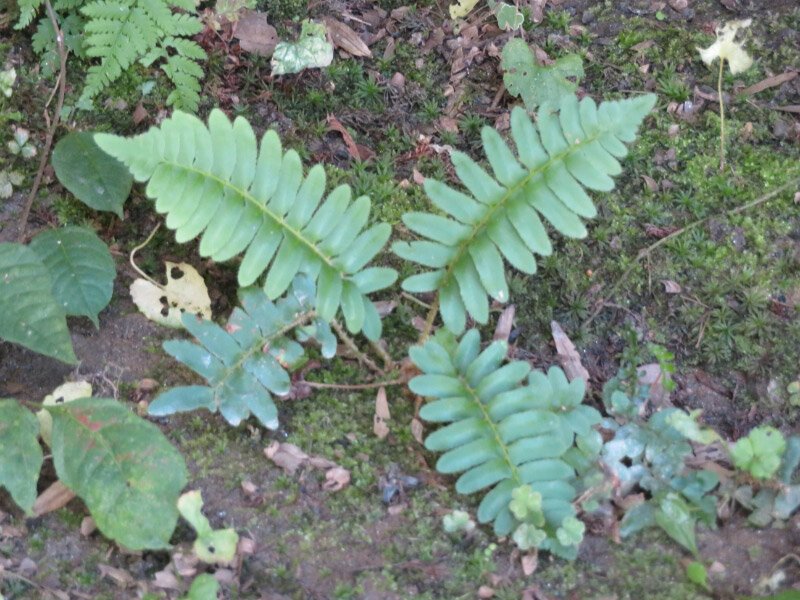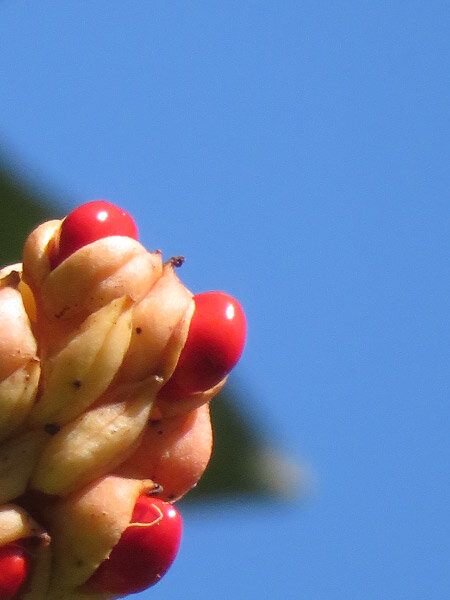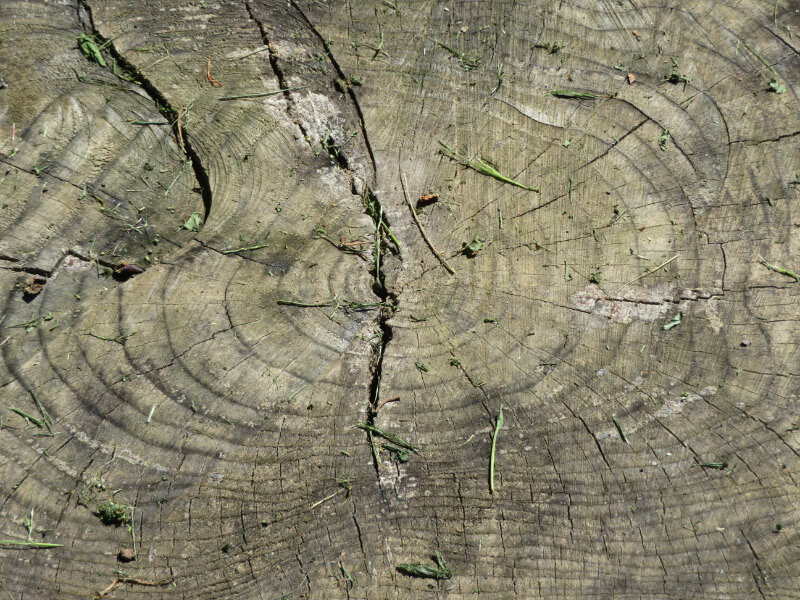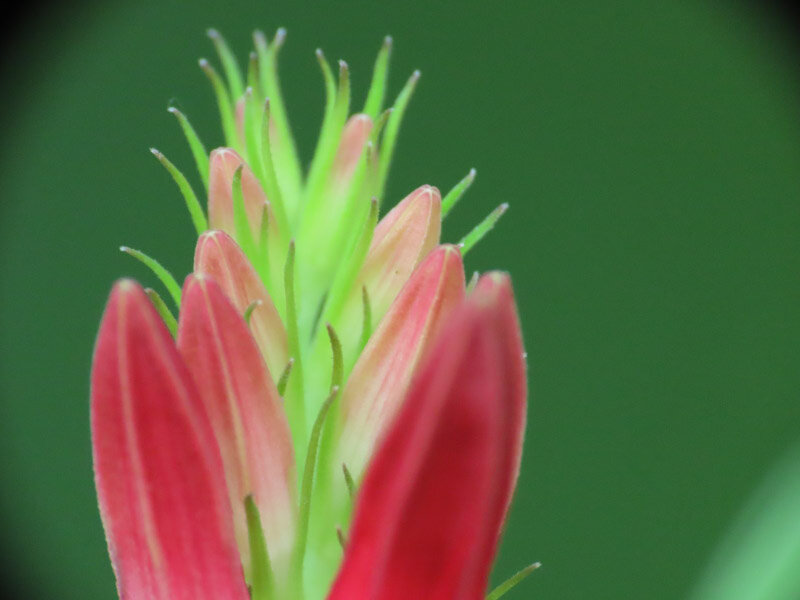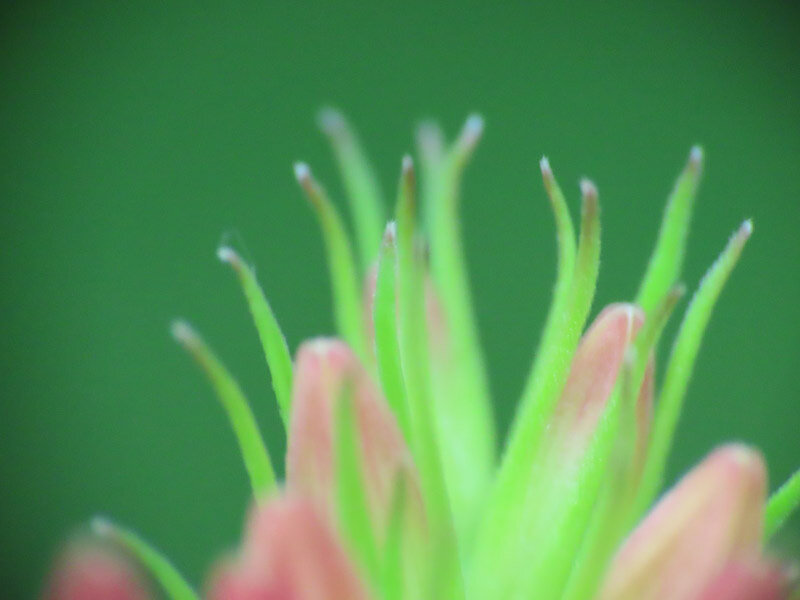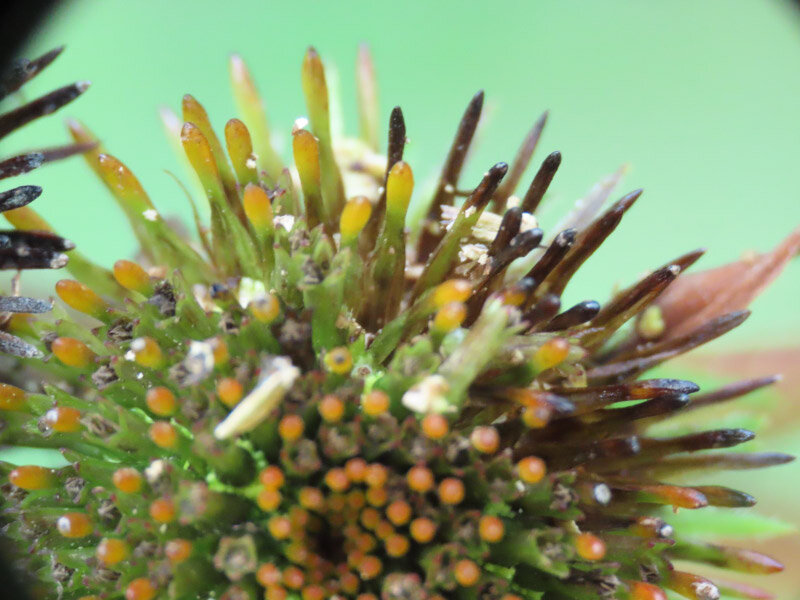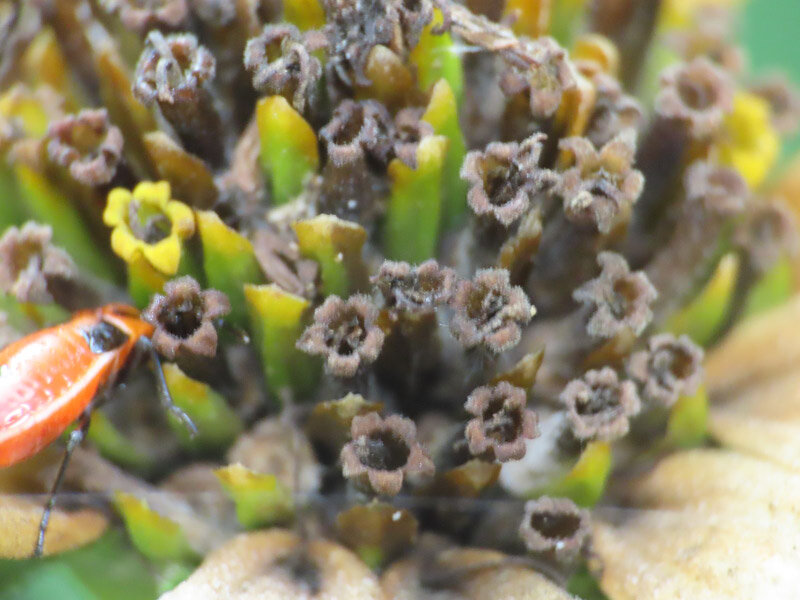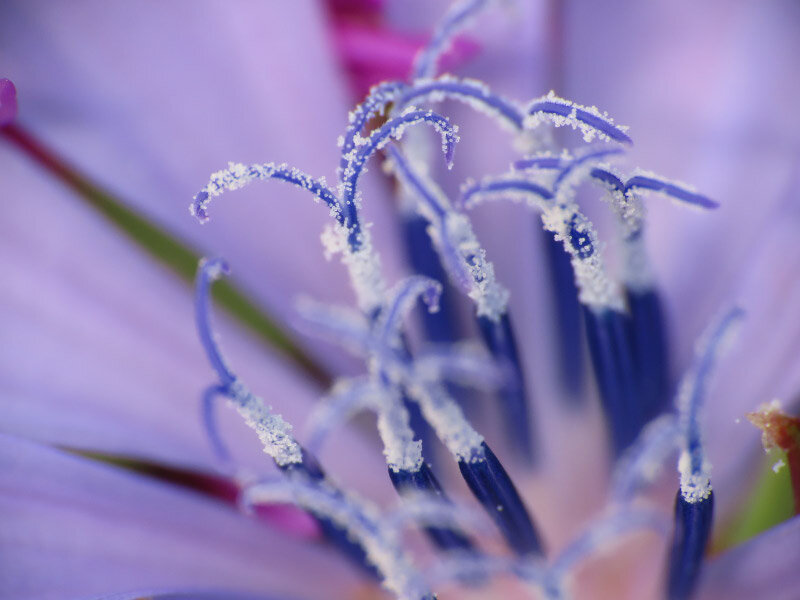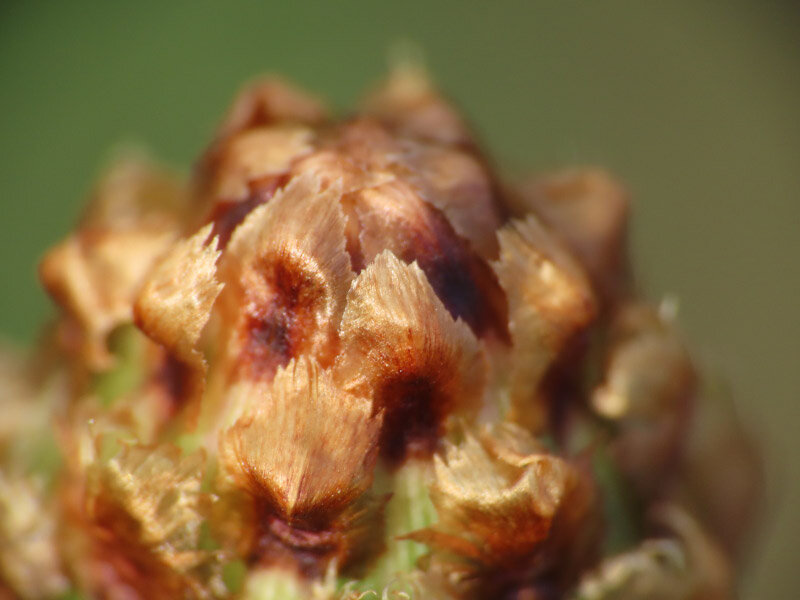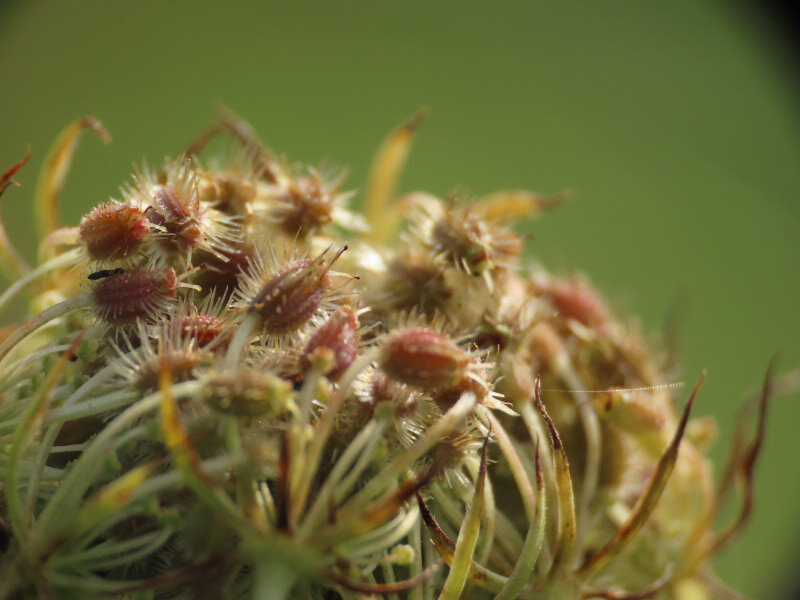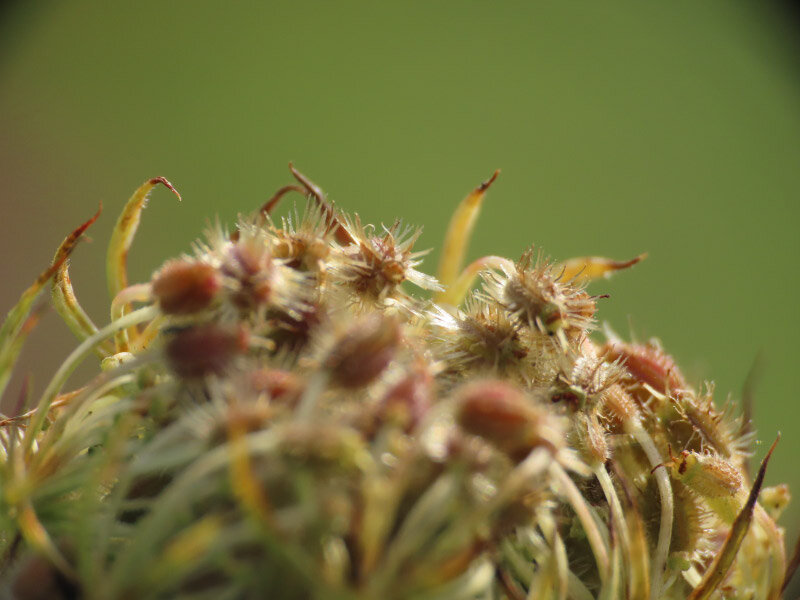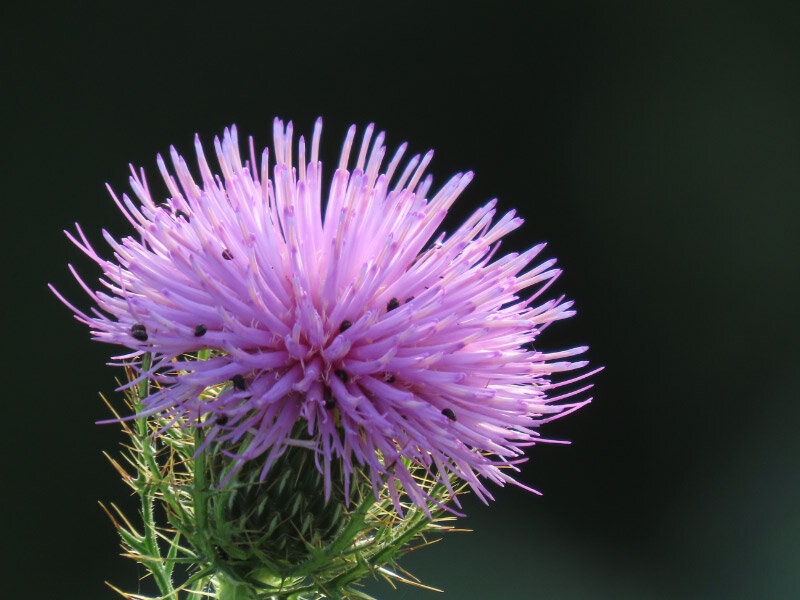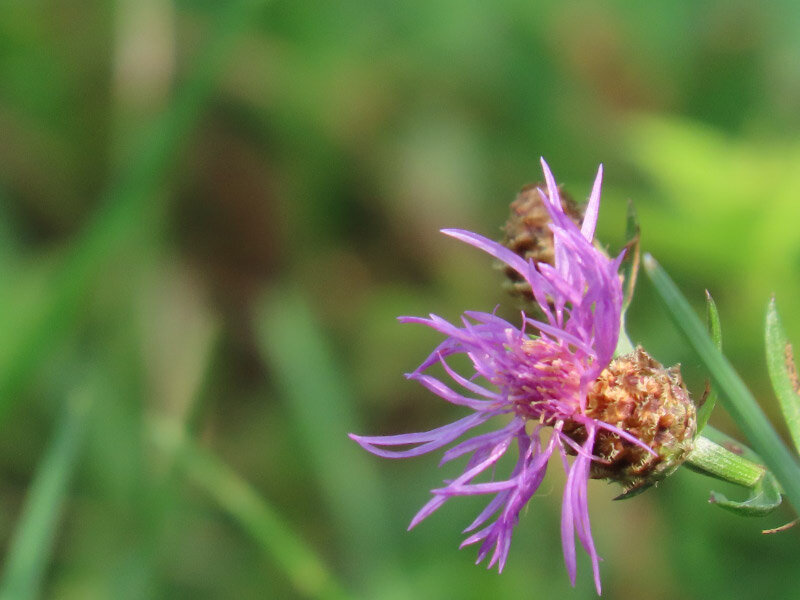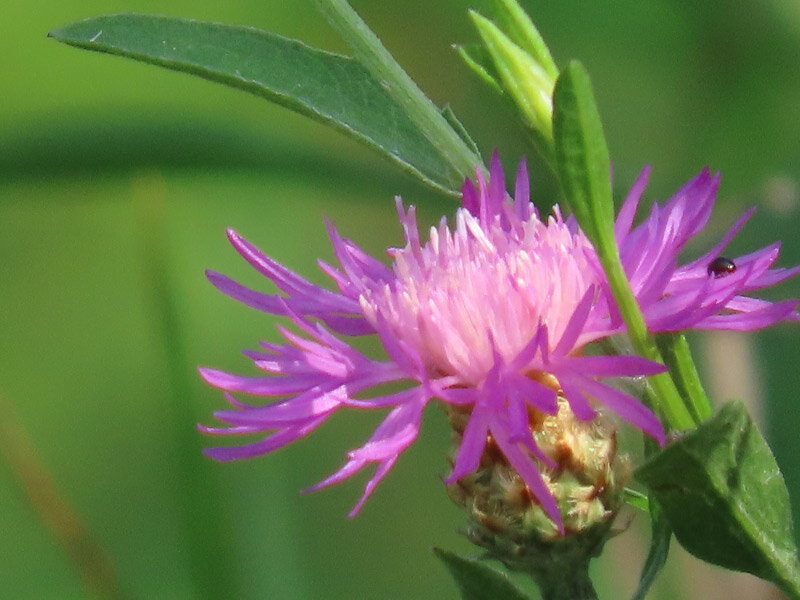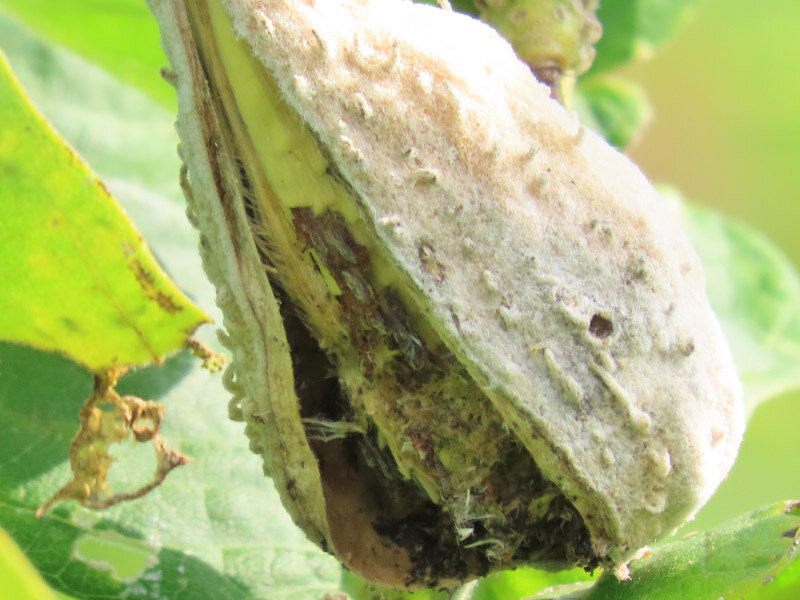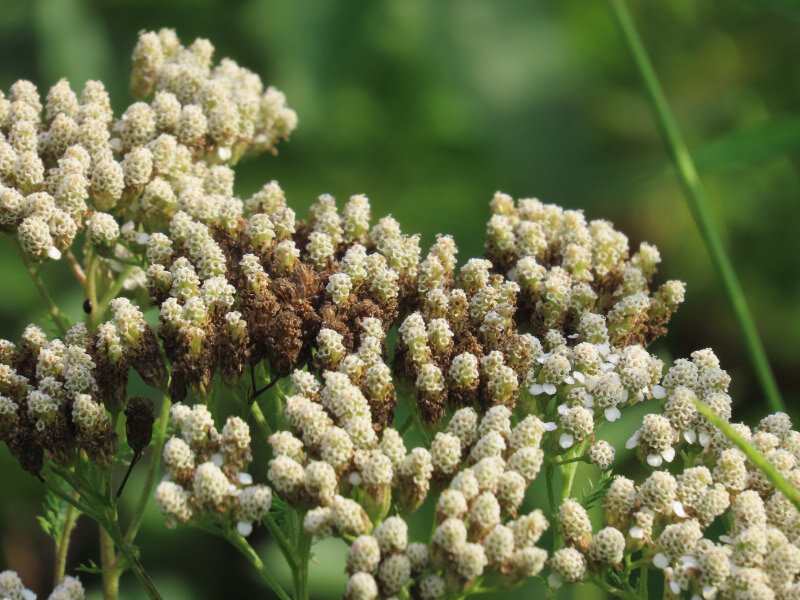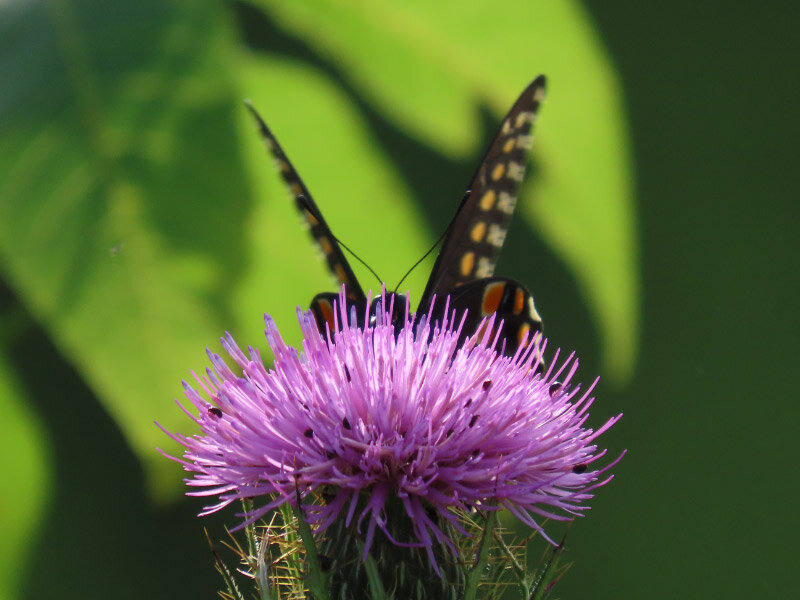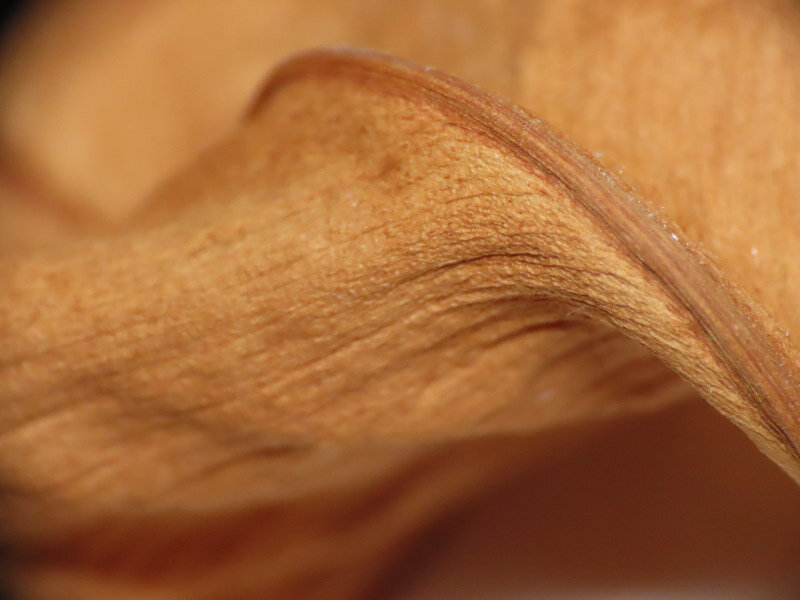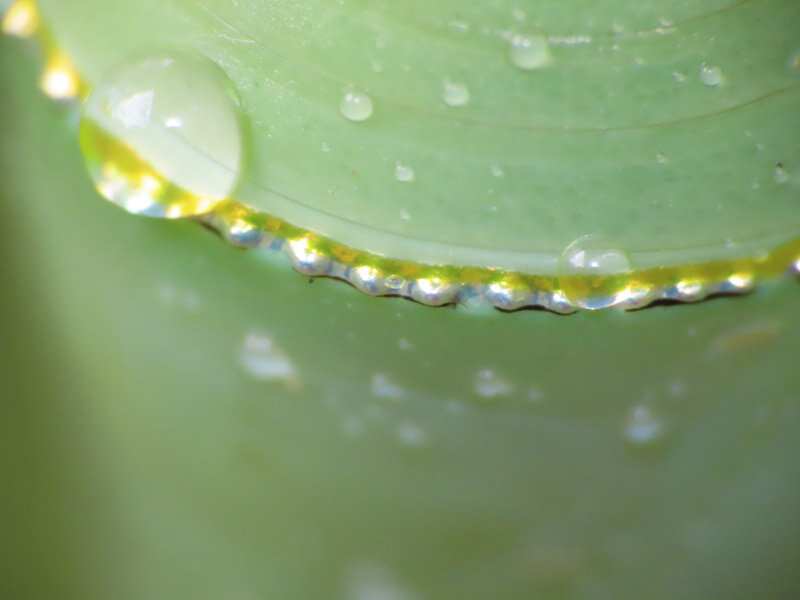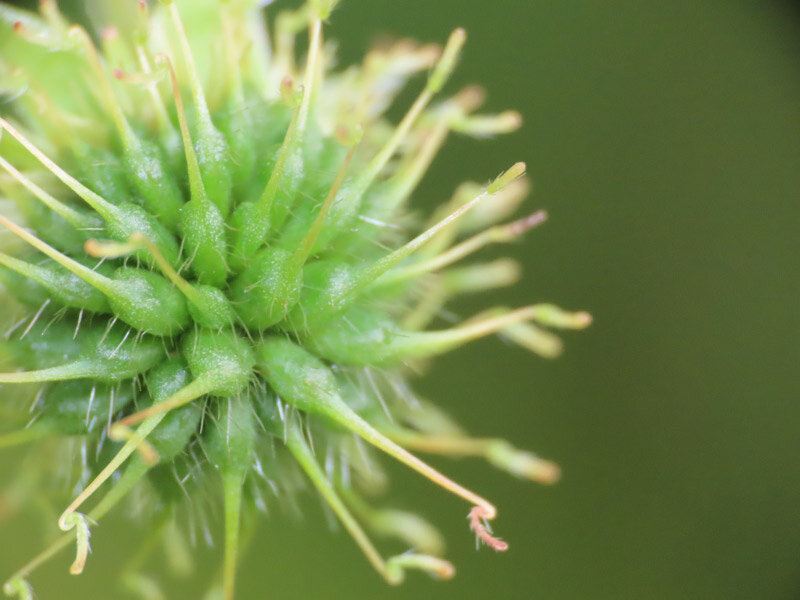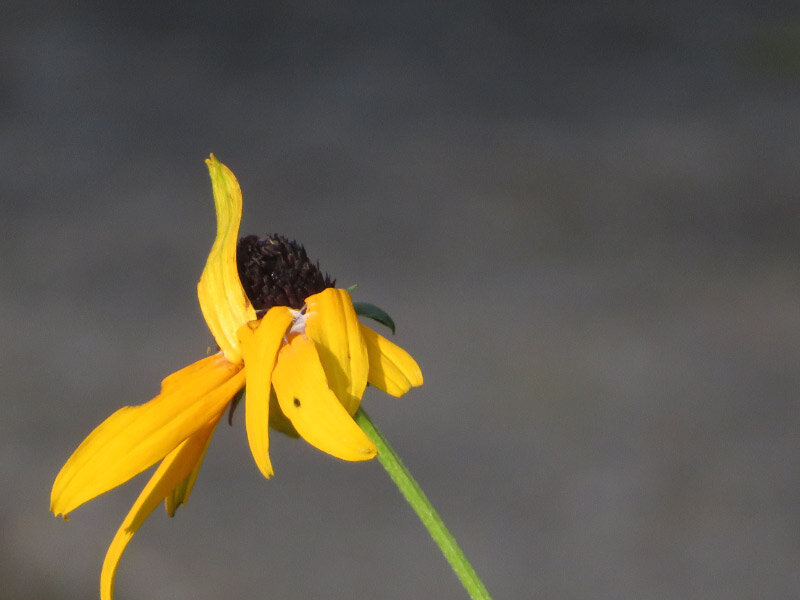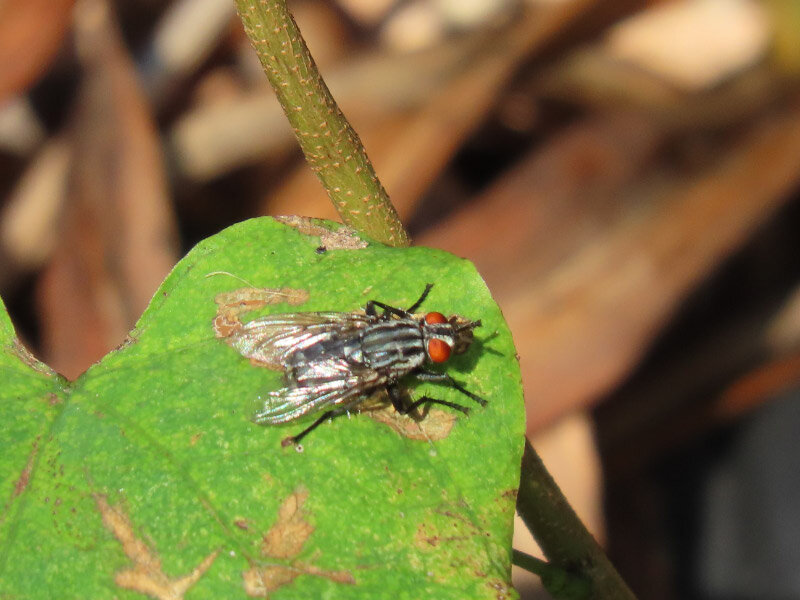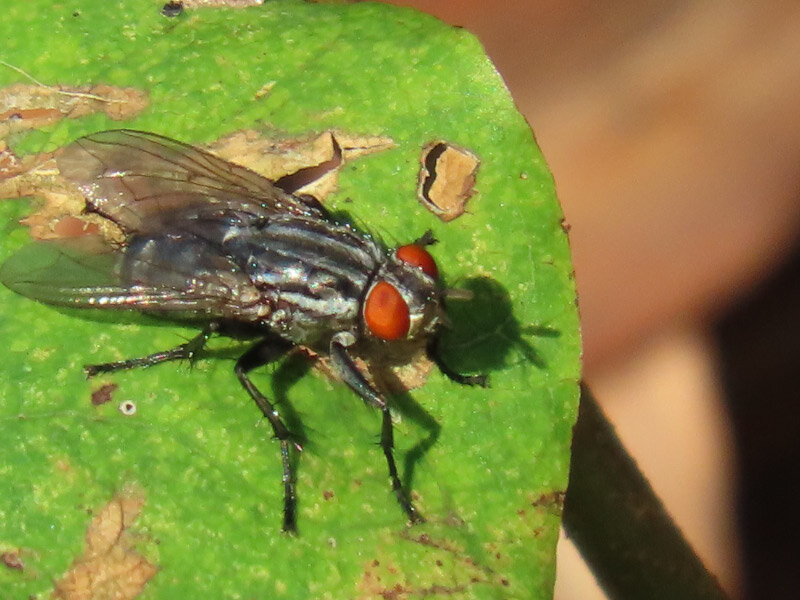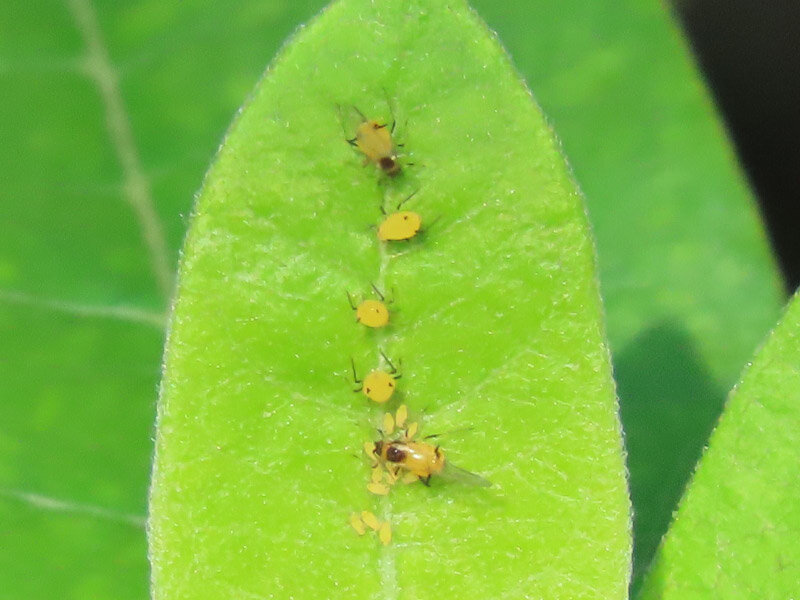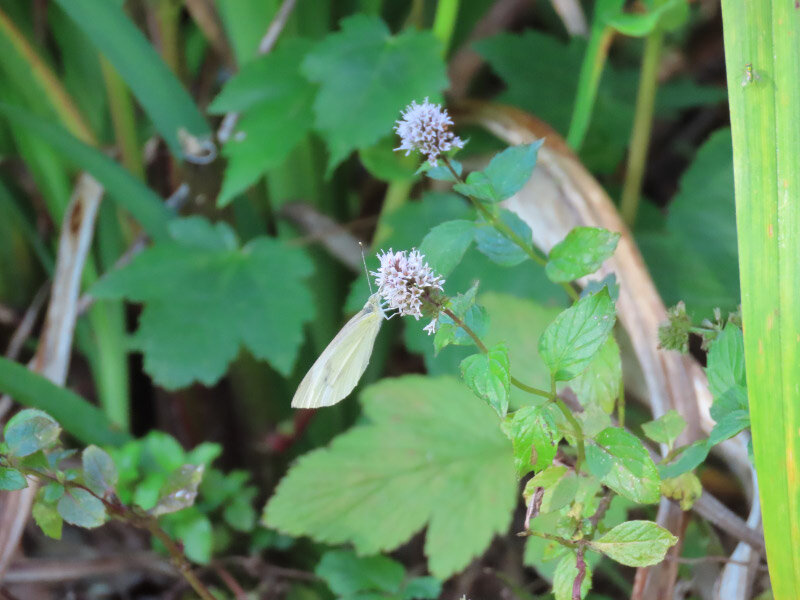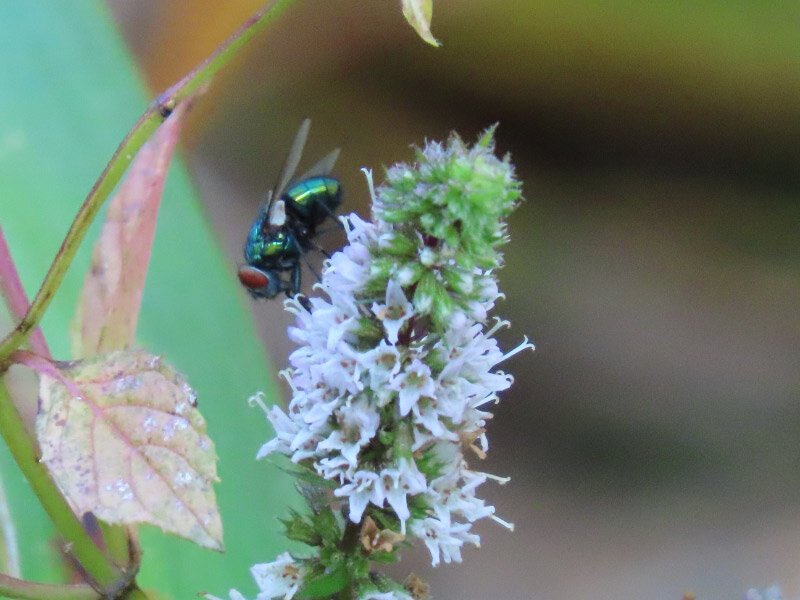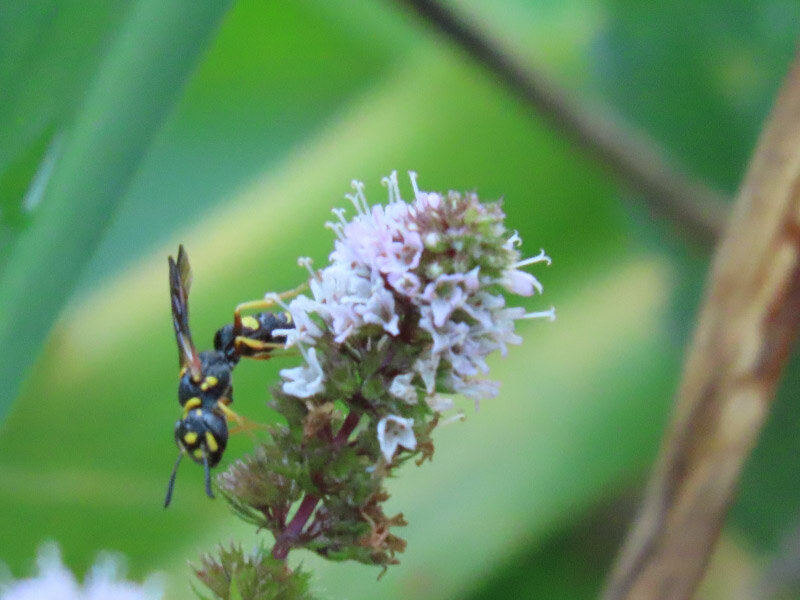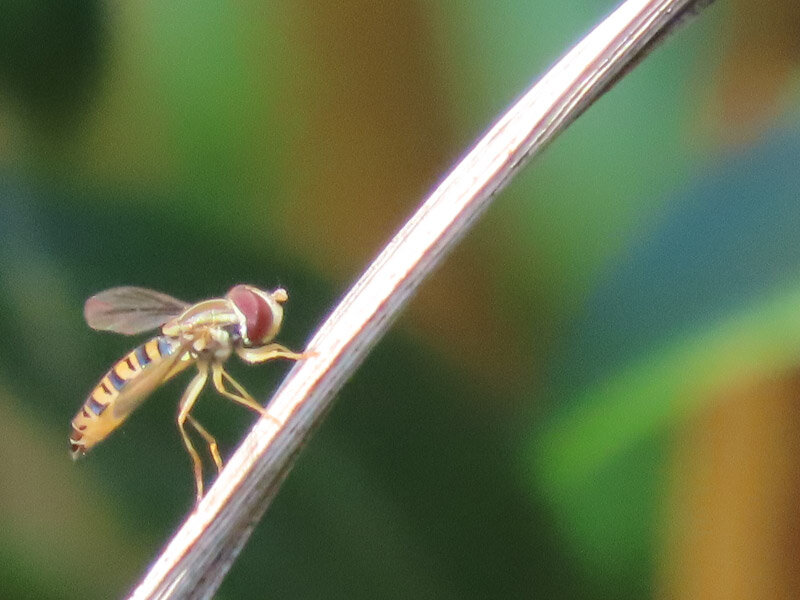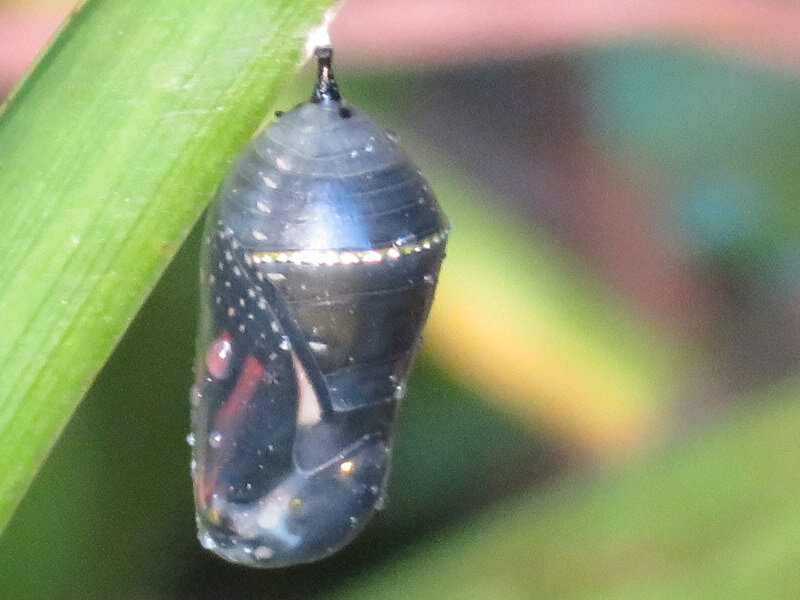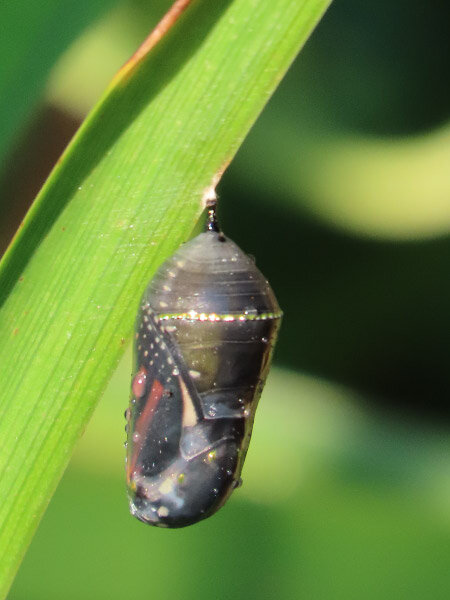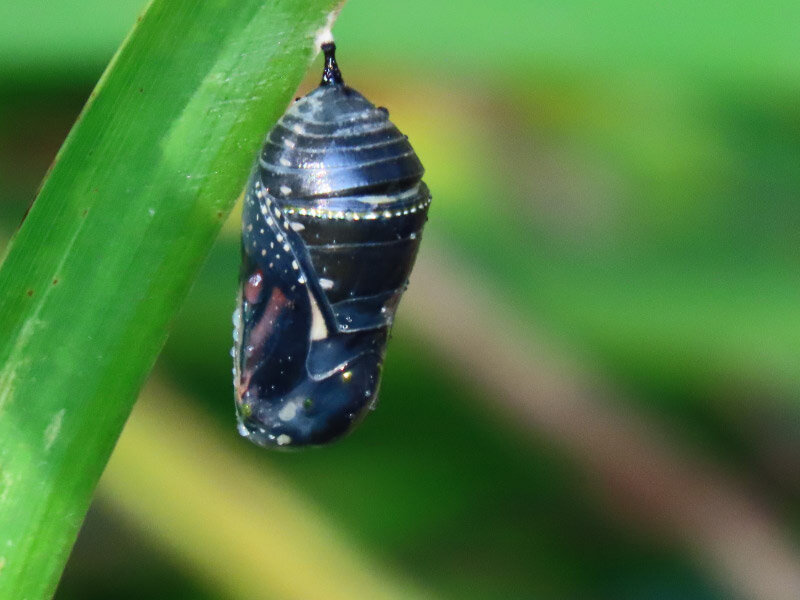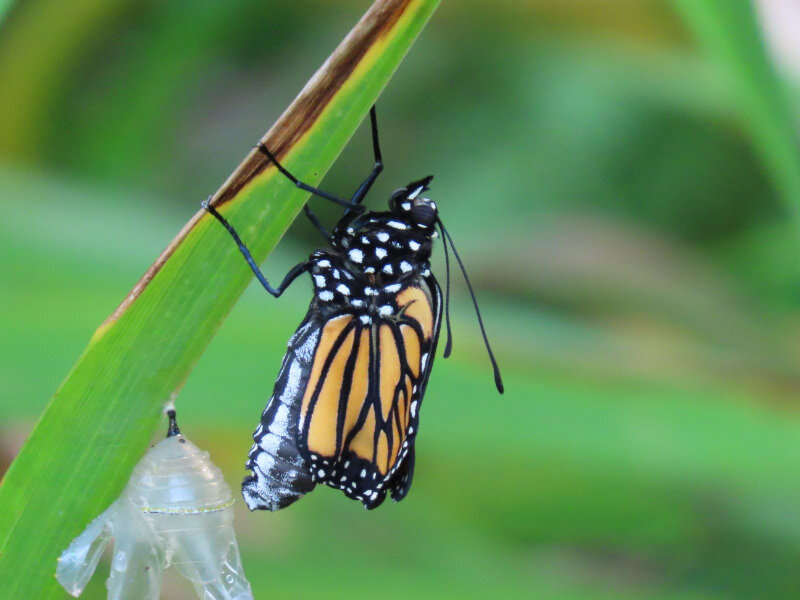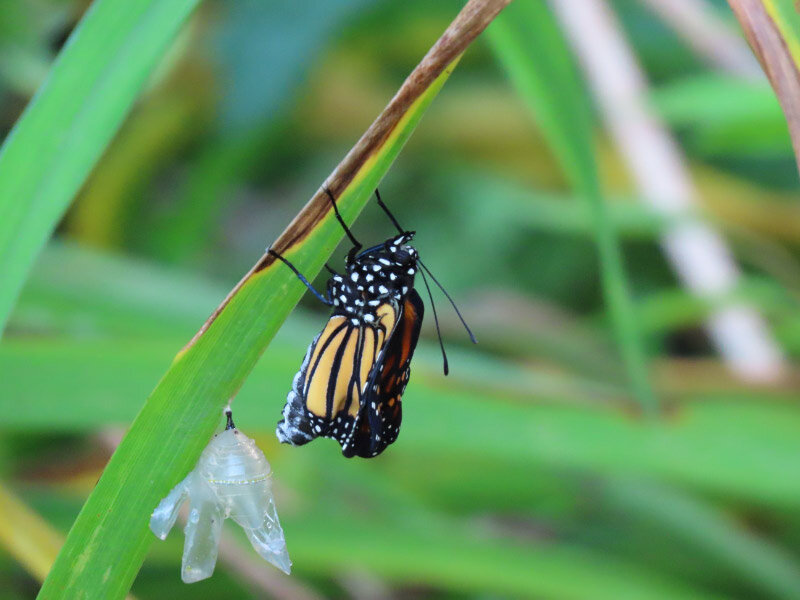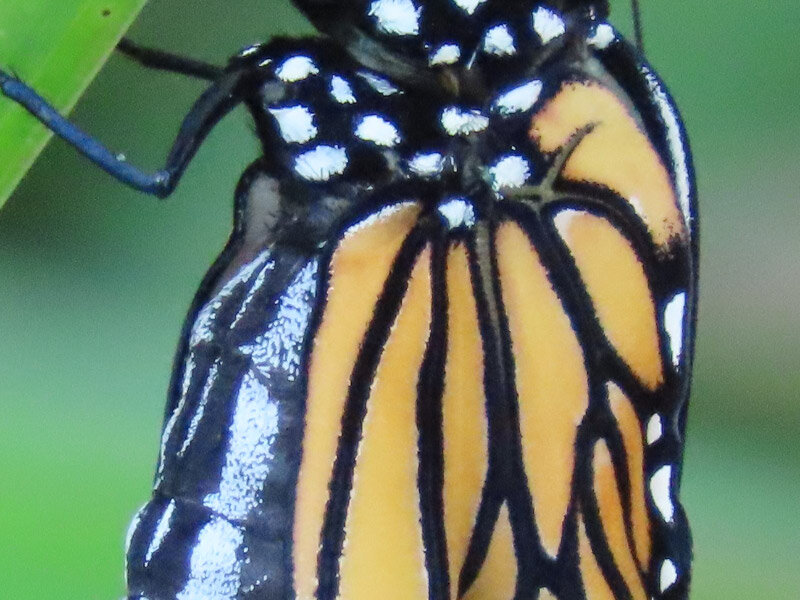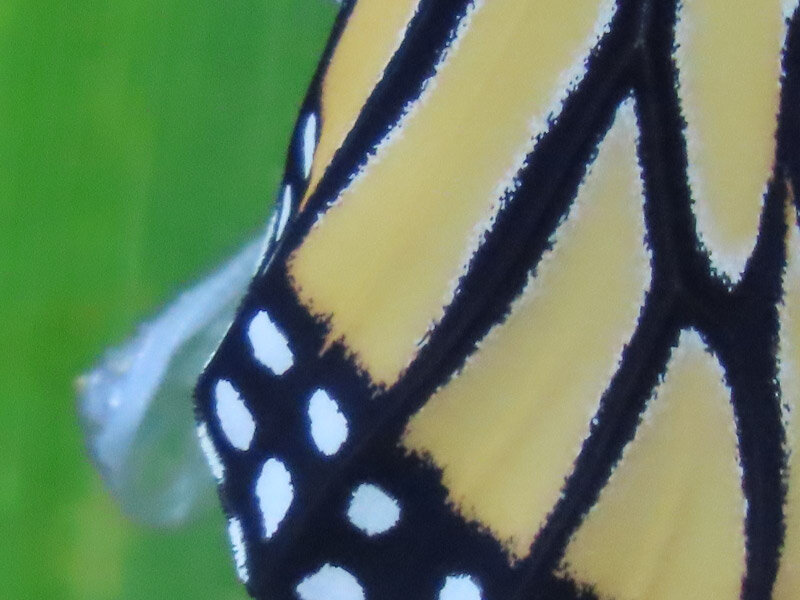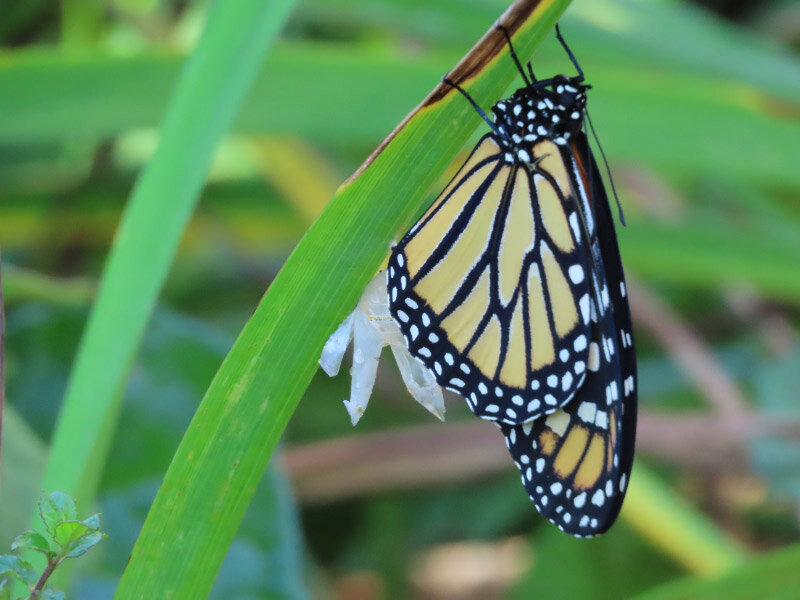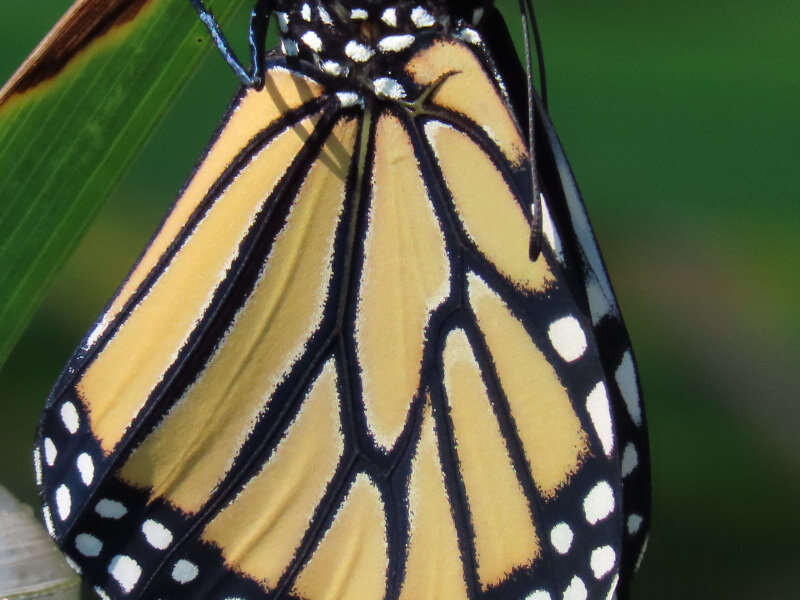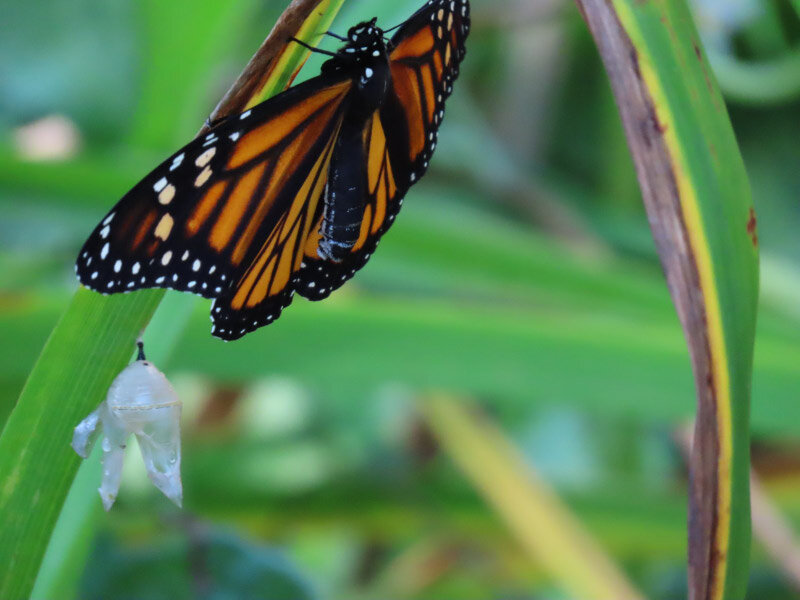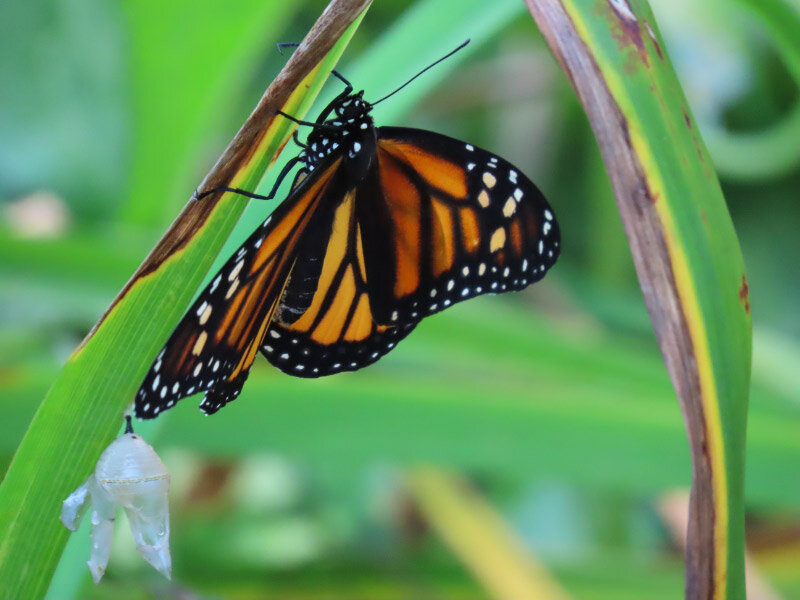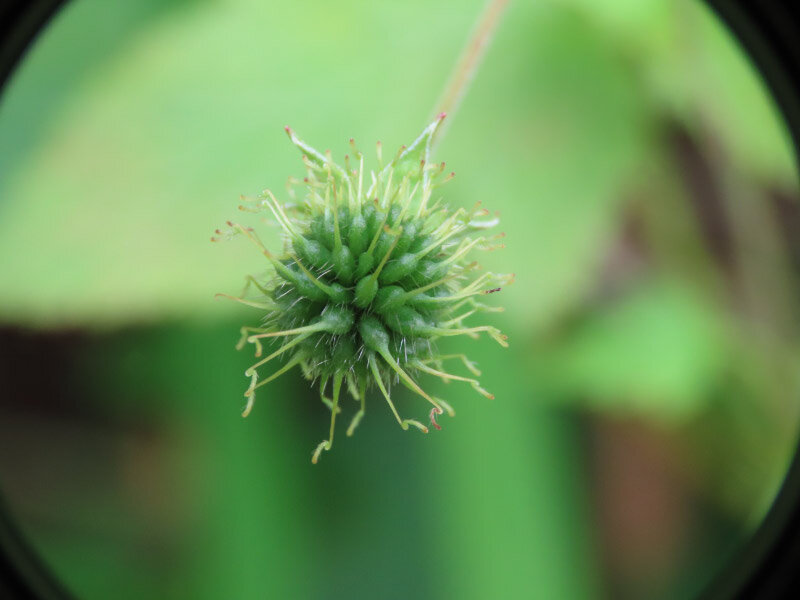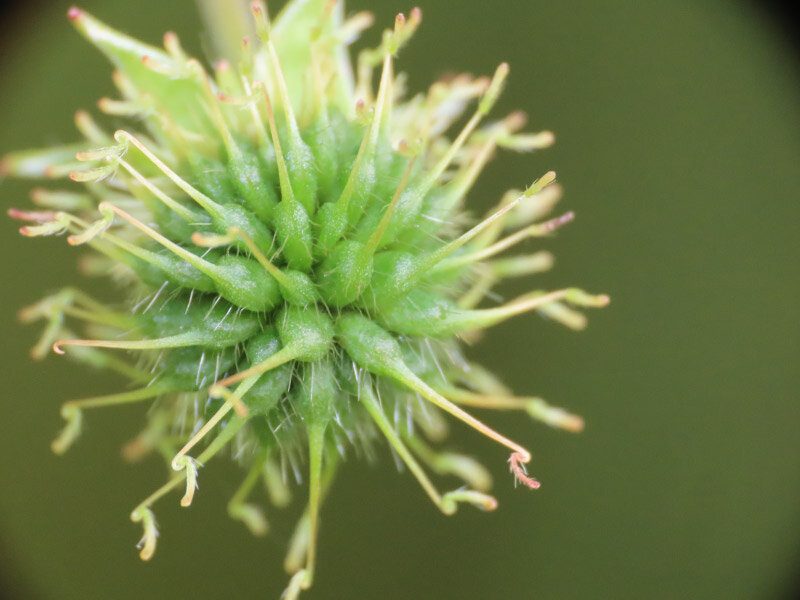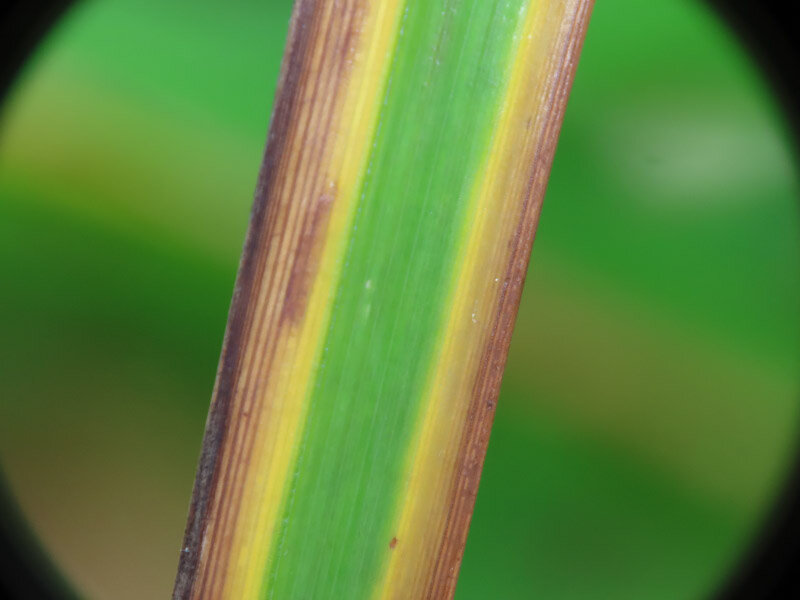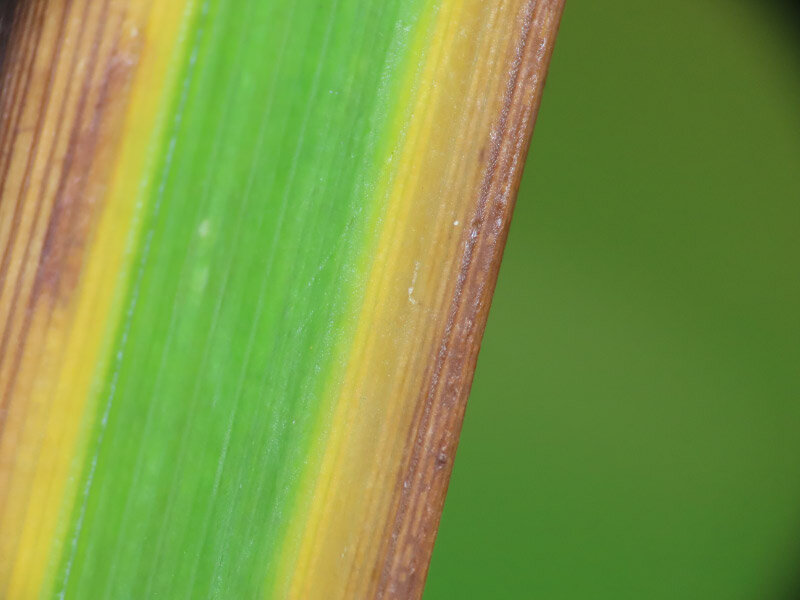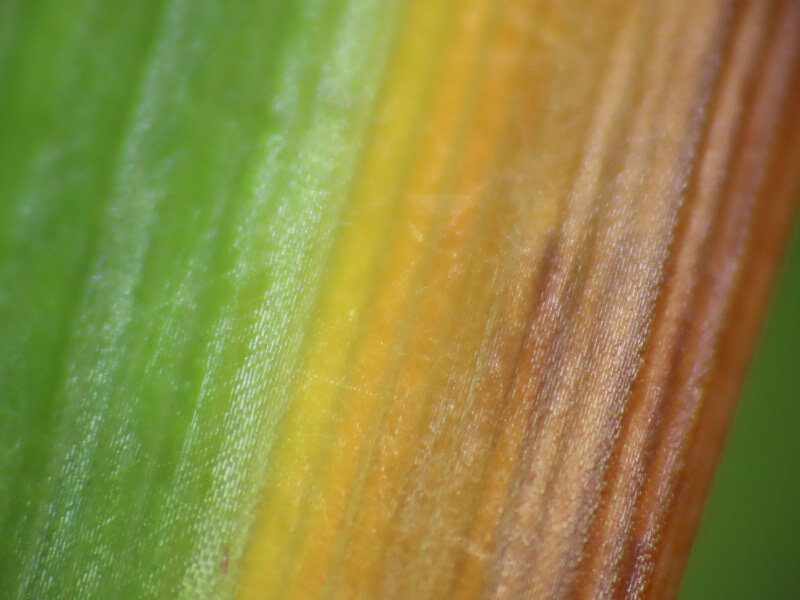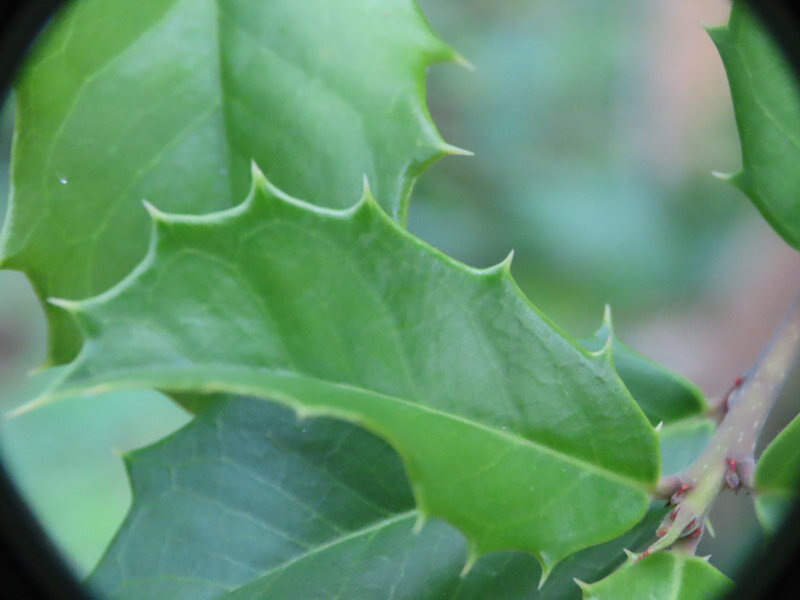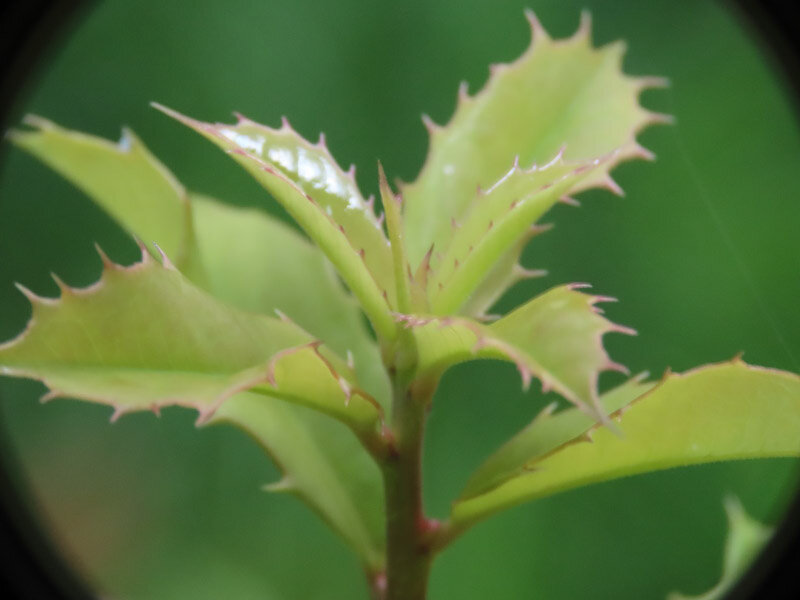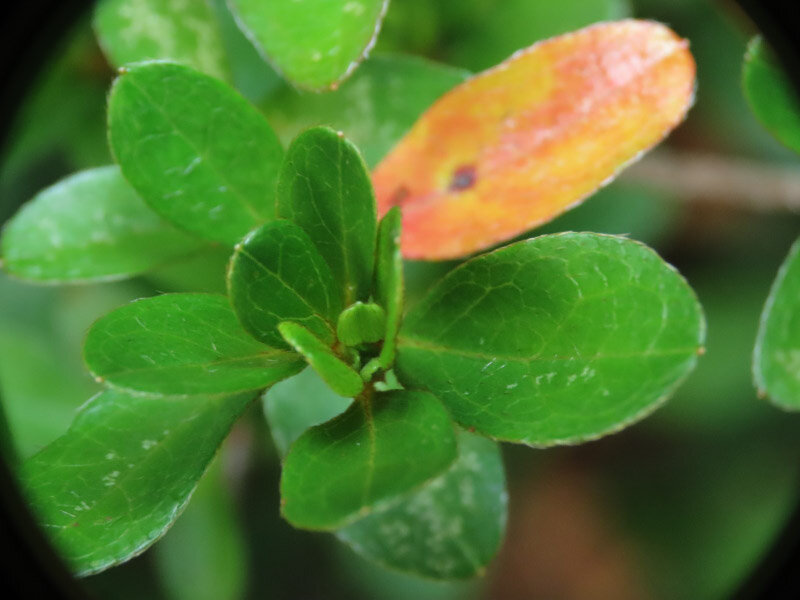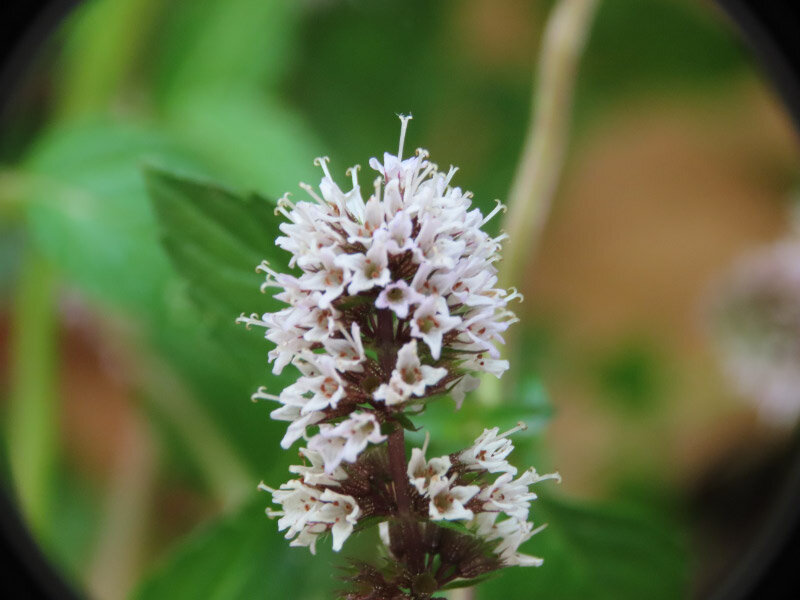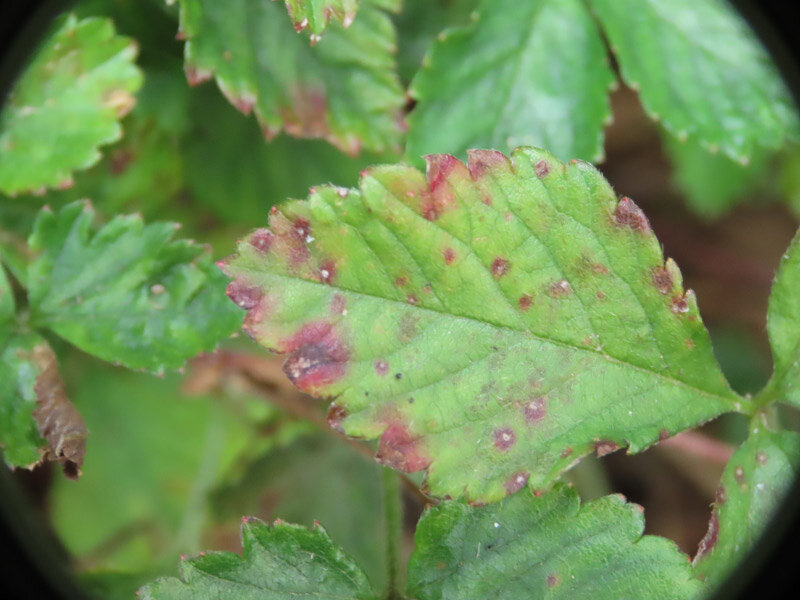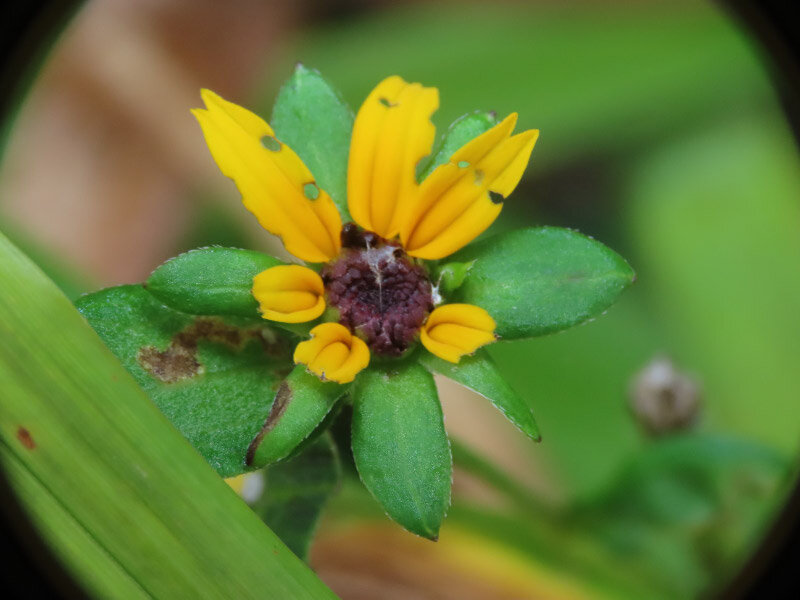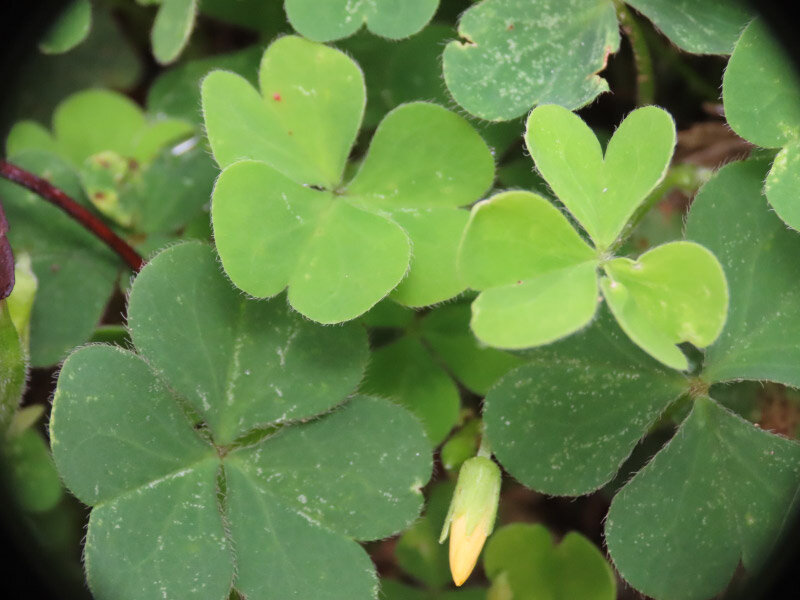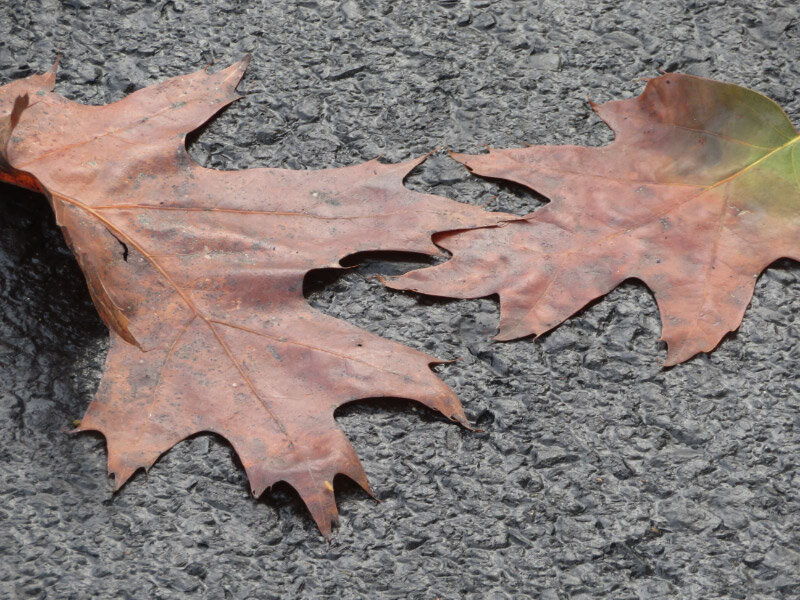Gleanings of the Week Ending September 18, 2021
/The items below were ‘the cream’ of the articles and websites I found this past week. Click on the light green text to look at the article.
Young female black bears in Asheville, North Carolina, are big, have cubs early – More research needed…it’s still not known what is causing them to be so much bigger and mature early…or if the population is increasing or not. It is clear that there are quite a few bears and lots of opportunity for interactions between people and bears – many not healthy for the bears.
The alarming risks of mixing common drugs – It is a problem that is acute in most elderly patients with good medical care. Their various doctors have gradually built up the medications…and the regime to take them all appropriately becomes daunting. Hopefully it will become best practice to constantly review and minimize drugs that are prescribed.
Work Of First African American Painter With International Reputation Explored – Henry Ossawa Tanner (1859-1937)
Hummingbirds can smell their way out of danger – I was thinking a lot about hummingbirds this past week after my success photographing one at Brookside Gardens.
Praying Mantis – I see these more frequently in the fall…but not every fall. There are so many mantis egg cases, there should be plenty to see; I need to improve my observation skills.
How much energy do we need to achieve a decent life for all? – The most important take away from this study: “energy for eradicating poverty does not pose a threat for mitigating climate change.” That is good news
The lost generation of ancient trees – The ancients are dying….and there are not enough trees old enough to replace them. There are various ways being tried to veteranize younger trees so they can play the role of ancient trees in ecosystems.
Fall Armyworms are Attacking Lawns and Crops on an ‘Unprecedented’ Scale – Hmmm…maybe this is a prompt to reduce or eliminate the grassy portion of the yard.
Mammoth Cave National Park: The World's Longest Cave Is Longer Than Before - 8 more miles mapped bringing the total to 420 miles!
Hand pollination of crops is of major importance – I was surprised that hand pollination is already used for important crops like apple, palm oil and cocoa.













